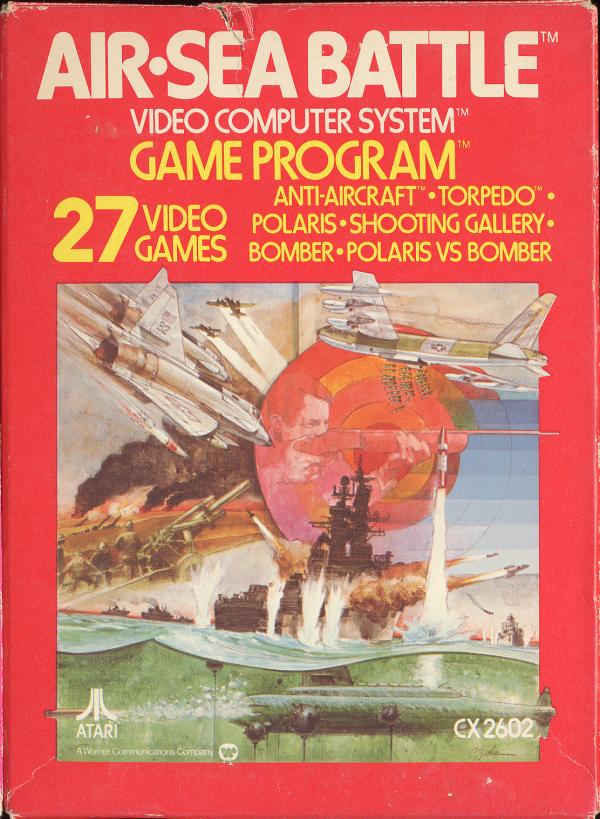
The recent mantra regarding Air Sea Battle is that “it is not a strategy, it’s an operational concept.” If so, what is the concept? It seems predicated on improving interoperability between the Navy and the Air Force, but that’s just joint operations — what the Pentagon says its been doing for years.
Why the fancy name and media blitz?
Other operational concepts revolve around simple ideas. Population-centric counterinsurgency is an easy, recent example: get the local population on your side and the insurgents cannot exploit them. Sea-basing is utilizing offshore assets to sustain a force ashore. Operational maneuver from the sea is using the sea as maneuver space in order to gain an advantage over the opponent. Ship-to-shore maneuver is using advanced connectors to get a landing force farther inland, thus avoiding a slow buildup on a beach.
Air-Land Battle is more complicated, but had a doctrinal manual backing it up. Where’s the substance of Air Sea Battle?
The closest idea we have is this recent USNI News article concerning AirSea Battle Office initiatives. But none of the initiatives are compelling. They include cross-domain command and control; war at sea; attack operations to defeat anti access area denial (A2/AD); active and passive defense; distributed basing; contested space operations; contested intelligence, surveillance and reconnaissance; contested logistics and sustainment; and contested cyberspace operations. Most of those are so broad as to apply to all warfare across history: basing is almost always distributed; ISR and logistics are always contested. Cyberspace and space operations are new, but of course they will be contested. Cross-domain command and control has always been an issue. Every defense in history has been active, passive, or both. “War at sea” is nothing more than a simple description of the Navy’s job.
Of those initiatives, only one directly addresses the problem that Air-Sea Battle claims to solve: A2/AD systems. It does so in such a broad way, however, that it is virtually meaningless. It says only that we have to attack an A2/AD defense to defeat it.
Air Sea Battle is not a strategy, but neither is it an operational concept. Right now, it’s just a jumble of good ideas in need of a cohesive idea to tie them together into something larger than the sum of their parts. Until that ingredient is added, the sum of their parts is not compelling enough to match the rhetoric surrounding it.
Until Air-Sea Battle is presented as something tangible and unique, it’s all just marketing. The product remains shrouded in confusion. Additionally, we already have Joint Forcible Entry which addresses the same problem. Is joint forcible entry no longer viable? If not, why? If not, how is Air-Sea Battle a better solution to the problem? These are the questions the Air-Sea Battle Office should be answering, with a viable, compelling solution to the A2/AD problem. If “20-something military intellectuals” working non-stop on the concept cannot answer those questions, then maybe there is no answer at all.




